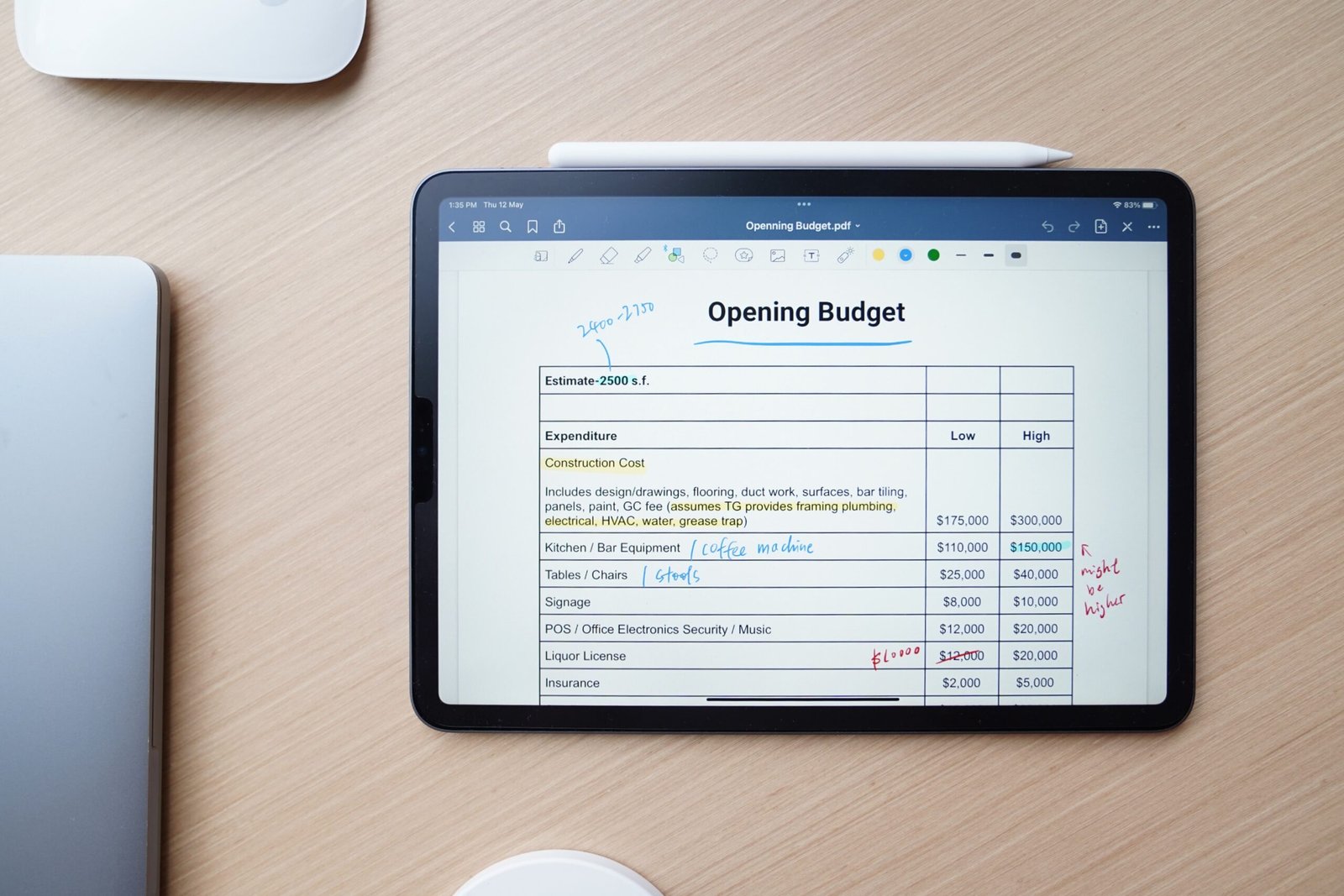Introduction
Managing a budget is crucial for any family, but it becomes even more important as your family grows. With increasing expenses and new financial responsibilities, it’s essential to have a solid budgeting plan in place. In this blog post, we will explore the top 10 ways to budget for a growing family, incorporating the latest trends and providing practical tips to help you navigate this journey.
1. Track Your Income and Expenses
Start by understanding your current financial situation. Track your income and expenses using a budgeting app or spreadsheet. This will give you a clear picture of where your money is coming from and where it’s going. By analyzing your spending habits, you can identify areas where you can cut back and save.
For example, if you notice that you spend a significant amount on dining out, consider cooking more meals at home. This simple change can lead to substantial savings over time.
2. Set Financial Goals
Define your financial goals as a growing family. Whether it’s saving for your children’s education, buying a bigger home, or planning for retirement, having clear goals will help you stay focused and motivated. Break down your goals into smaller, achievable milestones, and create a timeline to track your progress.
For instance, if you aim to save for your child’s education, calculate how much you need to save each month to reach that goal. This will give you a tangible target to work towards.
3. Create a Realistic Budget
Based on your income, expenses, and financial goals, create a realistic budget that accounts for all your needs and wants. Be sure to allocate funds for essential expenses such as housing, utilities, groceries, and healthcare. Additionally, set aside money for savings and emergency funds.
Remember, a budget should be flexible and adaptable. As your family grows, your expenses may change, so review and adjust your budget regularly.
4. Embrace Technology
Take advantage of technology to simplify and streamline your budgeting process. Use budgeting apps, online tools, or spreadsheets to track your expenses, set reminders for bill payments, and monitor your progress. Automation can save you time and eliminate the risk of forgetting important financial tasks.
For example, you can set up automatic transfers to your savings account each month, ensuring consistent savings without the need for manual intervention.
5. Prioritize Debt Repayment
If you have any outstanding debts, prioritize repaying them to reduce financial stress and free up more funds for your growing family’s needs. Start with high-interest debts, such as credit cards or personal loans, and develop a repayment plan.
Consider consolidating your debts or negotiating with creditors for better terms. Remember, every dollar saved on interest payments is a dollar that can be allocated towards your family’s financial security.
6. Plan for Childcare Expenses
Childcare expenses can be a significant portion of a growing family’s budget. Research and plan for the cost of daycare, nanny services, or after-school programs. Explore options for financial assistance, tax credits, or employer-sponsored childcare benefits.
For instance, some companies offer flexible spending accounts (FSAs) that allow you to set aside pre-tax dollars for childcare expenses, reducing your taxable income.
7. Save on Groceries and Household Expenses
Groceries and household expenses can quickly add up, especially with a growing family. Look for ways to save without compromising on quality. Consider meal planning, buying in bulk, using coupons or cashback apps, and comparing prices before making purchases.
Additionally, explore eco-friendly alternatives such as cloth diapers or reusable cleaning products. Not only will these choices be cost-effective in the long run, but they will also contribute to a sustainable lifestyle.
8. Plan for Education and College Savings
Investing in your children’s education is a long-term financial commitment. Start planning early and explore options such as 529 college savings plans or education savings accounts. These accounts offer tax advantages and can help you save for future educational expenses.
Research scholarships, grants, and other financial aid opportunities to supplement your savings. Encourage your children to explore merit-based scholarships and extracurricular activities that can enhance their chances of receiving financial assistance.
9. Review Insurance Coverage
As your family grows, it’s essential to review your insurance coverage to ensure adequate protection. Evaluate your life, health, home, and auto insurance policies to determine if they align with your current needs. Consider increasing coverage or adding additional policies if necessary.
Shop around for insurance quotes to ensure you’re getting the best value for your money. Many insurance providers offer discounts for bundling policies or maintaining a good driving record.
10. Seek Professional Advice
When in doubt, seek the guidance of a financial professional. A financial advisor can provide personalized advice based on your unique circumstances and help you make informed decisions. They can assist with retirement planning, investment strategies, and overall financial management.
FAQs
Q: How often should I review my budget?
A: It’s recommended to review your budget at least once a month to track your progress and make any necessary adjustments.
Q: Should I prioritize saving for retirement or my children’s education?
A: It depends on your financial situation and priorities. While saving for both is ideal, many financial experts suggest prioritizing retirement savings as there are alternative funding options available for education, such as scholarships, grants, and student loans.
Q: How can I teach my children about budgeting?
A: Start by involving your children in age-appropriate discussions about money. Encourage them to save a portion of their allowance or earnings, and involve them in family budgeting decisions. Use real-life examples and explain the importance of budgeting and saving.
Tips
– Set aside an emergency fund to cover unexpected expenses.
– Involve your partner in the budgeting process to ensure shared responsibility.
– Review your budget regularly and make adjustments as needed.
– Take advantage of free financial resources, such as online budgeting tools and educational websites.
– Celebrate milestones and achievements along your budgeting journey to stay motivated.
Conclusion
Budgeting for a growing family requires careful planning and a proactive approach. By implementing the top 10 ways discussed in this blog post, you can navigate the financial challenges with confidence. Remember, budgeting is an ongoing process, so stay committed and adapt as your family’s needs evolve. Take control of your finances today and build a secure future for your growing family.
Don’t keep these valuable tips to yourself! Share this blog post with others on social media and help them budget for their growing families too.









